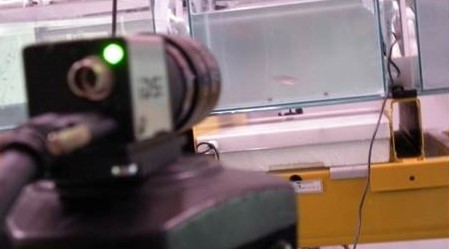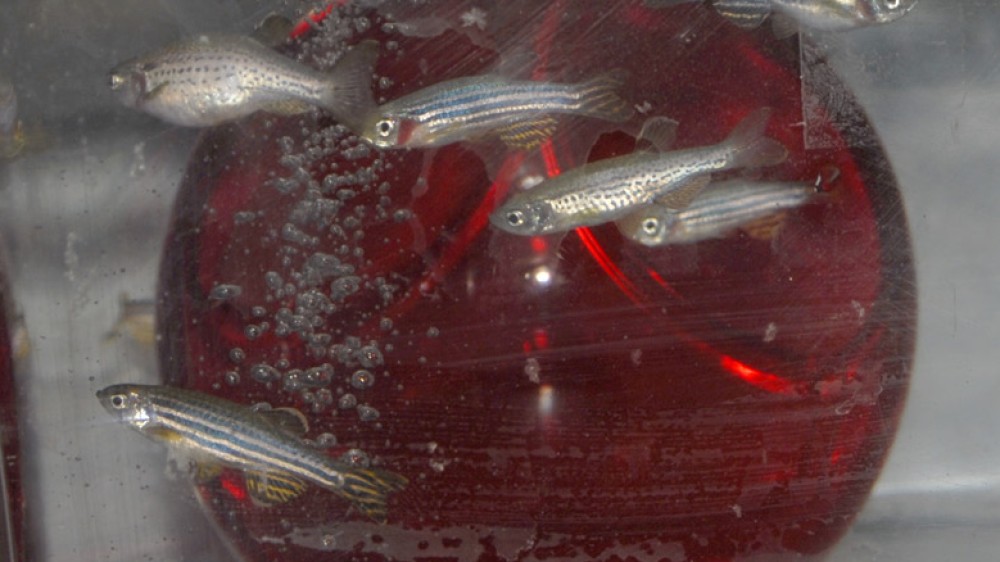Planning an enrichment evaluation
Questions to help you plan your study before it commences.
On this page
- Introduction
- Who needs to know?
- What is already known about the enrichment you are planning to trial and the animals the enrichment is planned for?
- How will you fit data collection into your schedule?
- Can you incorporate data that you already collect into your evaluation of enrichment?
- What equipment do you have access to?
- Are there opportunities to collaborate?
- How will you ensure the data you collect will be high quality?
- What might go wrong?
- Keeping notes
- Recording the DETAILS of your enrichment study
Introduction
The importance of planning cannot be overstated. Consider the points below and put together a plan for your evaluation so that you are properly prepared. Having a plan to refer to will keep you organised and will be helpful if you need to take a break from your project.
You can download this planning sheet to help you prepare your evaluation.
You can also use this resource to create your own project plan sheet, like this planning sheet created by the UCL Welfare Trails Group.
Who needs to know?
Initial discussions with your manager and research and technologist colleagues are essential. Discussions with your colleagues will also help you to complete your project plan sheet.
You may also need to have your experimental protocol approved before you begin, either by your establishment or the regulator. Always check this with your NACWO or the Director of your facility. The inspector from your regulatory authority or your AWERB, IACUC or equivalent should also be able to advise you on this. Once a protocol is approved it is important to stick to it. If changes are made you should seek advice on whether further approval will be required.
What is already known about the enrichment you are planning to trial and the animals the enrichment is planned for?
Talking to others is a good starting point as colleagues may have experience with trailing enrichment for the species/sex/age/strain of interest or be aware of useful literature. A literature search (e.g. using Google Scholar) will allow you to see what has already been published on the topic. This will inform your next steps, for example, you may come across an experimental protocol you could follow, learn something about the enrichment, or identify a gap in the literature that you could fill.
Searching using Boolean terms placed before specific words can help to direct you to the most relevant information. For example, searching the terms as shown below will find literature that contains either the word zebrafish or the name Danio rerio in combination with the words laboratory, welfare and enrichment. The search will not include results about mice, rats or aquaculture.
Zebrafish OR Danio rerio AND laboratory AND welfare AND enrichment -mice -rats -aquaculture
How will you fit data collection into your schedule?
Any time you can devote to evaluating enrichment is better than none, and it is important to be realistic if you are fitting in evaluating enrichment alongside your other duties.
It may suit you to set aside multiple, small timeslots (e.g. 15 to 20 minutes in the morning and 15 to 20 minutes in the afternoon). Alternatively, if your daily schedule can be unpredictable but you have access to video recording equipment, you may prefer to make a recording and set aside a single, longer period to watch it back at a convenient time.
Can you incorporate data that you already collect into your evaluation of enrichment?
Welfare scores, notes on incidents of overgrooming or aggression and records of reproductive success are all examples of data that could be used to evaluate environmental enrichment. It is likely that you and your colleagues already collect this data during daily checks, therefore this can be an efficient route to gaining valuable insight into the impact of enrichment on the welfare of your animals. It is important that the data is consistent, so a discussion with your colleagues will be necessary to make sure that everyone is recording information in the same way.
What equipment do you have access to?

You can evaluate the impact of environmental enrichment on animal behaviour with nothing more than paper, a pencil and a clock or stopwatch. However, you may wish to consider what additional equipment you have access to that could be useful for evaluating enrichment at your facility.
Video recording devices (e.g. a GoPro, webcam, trail camera, etc.) will allow you to observe animals with minimal disturbance, and you can replay recordings on a computer to ensure that you do not miss anything. Recording will also allow you to observe activity over the whole twenty-four-hour period, which may be particularly useful for evaluations of nocturnal or crepuscular animals. Free open-source software is available online to assist with recording animal behaviour (e.g. BORIS – Behavioral Observation Research Interactive Software). Remember to check with your manager about local rules on videoing animals within your facility.
You may also have access to equipment that can be used to measure or manipulate environmental factors, such as light levels (photometer) or ultrasonic sounds (bat detector). A speaker and a smart phone can be used to manipulate auditory enrichment (e.g. classical music), and for aquatic animals, you may have pumps that allow you to manipulate water-flow rate.
Are there opportunities to collaborate?
Collaborating is a good way to lighten your own workload and share knowledge. In educational facilities, academic staff may help you to recruit undergraduate students to assist with data collection. Postgraduate students and postdoctoral researchers may be able to help with experimental design and data analysis, if there is no statistician on site. Departments that focus on engineering, fabrication or manufacturing can provide expertise and resources for modifying cages and tanks.
In any facility, making your colleagues aware of your plans can lead to collaborative efforts across teams and units. This can also potentially increase the uptake of enrichment that has been shown to have a positive impact on welfare.
How will you ensure the data you collect will be high quality?
For confidence in your findings you will need to take steps to ensure that the data you collect is high quality. Visit the improving the scientific quality of your enrichment evaluation during the planning stage of your project and consider what you could apply to your own study.
What might go wrong?
Consider what might go wrong and how you would respond and adapt to this in order to complete what you set out to do; for example, if your equipment fails what is your back-up plan? If your schedule changes, are there colleagues who could step in and finish your data collection for you?
Animals may respond in an unexpected way to enrichment. In some instances, enrichment can increase aggressive and territorial behaviours. Searching for papers on your chosen enrichment type and your species/strain (see further resources) can give you an idea of whether negative behaviours have previously been observed. Closely monitor behaviour in the early stages so that environmental changes can be reversed if a negative effect on welfare is evident.
Keeping notes
Use a notebook or a file (electronic or paper-based) to keep all the details of your study in one place. This will help you stick to your study plan and remember what you have done. It will also help if a colleague wants to understand how you have carried out your evaluation of environmental enrichment.
You should note down the date and times of observations and anything out of the ordinary that may have affected the animals’ behaviour (e.g. a disturbing noise during data collection). You cannot control everything that happens during your observations, but by noting things down you can account for them.
If you use paper-based notes to record data, remember to back these up in case the paper is lost or damaged. Ideally you would input these onto a spreadsheet, so the data is collated for future analysis. However, if you have limited time, you can create a copy of your paper records by taking a photograph of them with a smart phone.
You may also want to take photographs of your experimental set-up (e.g. your modified cages) to refer to, or to use as visuals when sharing your findings. Pictures of the animals interacting with enrichment can also be used to engage your audience when presenting your work.
Recording the DETAILS of your enrichment study
Animal behaviour is complex and can be influenced by factors that we may not be aware of or do not initially perceive as important. This can lead to the same enrichment having a positive effect on one group of animals but a neutral or negative effect on another. How animals respond to enrichment can relate to their housing and husbandry, the specific properties of enrichment items (e.g. colour, size) and how or when the enrichment is provided (e.g. the combination or quantity of enrichment, the duration for which it is provided, or the life stage of the animals).
To aid the understanding of which enrichment works under what circumstances, you should record and report a good level of detail about the enrichment and what has been carried out. Quick and easy ways to do this include taking photographs of cage or tank setups to refer back to, and noting the supplier of enrichment items to look up additional details online (e.g. dimensions or materials) at a later date. Researchers have developed a framework for reporting the characteristics of physical enrichment items used in studies with captive fish: DETAILS (Dimensions, Ecological rationale, Timing of enrichment, Amount, Inputs, Lighting and Social environment).
Using ethograms, preference tests and motivation tests to evaluate enrichment, including example protocols.

